Zhibin Lei
Quantum-Based Feature Selection for Multi-classification Problem in Complex Systems with Edge Computing
Oct 01, 2023
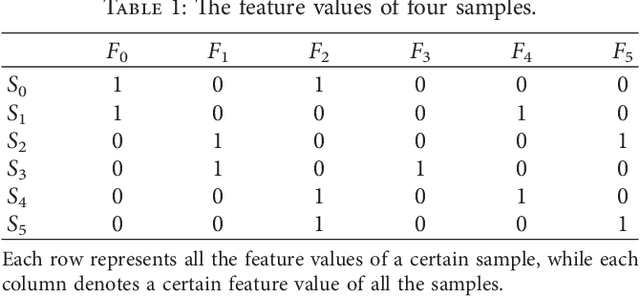


Abstract:The complex systems with edge computing require a huge amount of multi-feature data to extract appropriate insights for their decision making, so it is important to find a feasible feature selection method to improve the computational efficiency and save the resource consumption. In this paper, a quantum-based feature selection algorithm for the multi-classification problem, namely, QReliefF, is proposed, which can effectively reduce the complexity of algorithm and improve its computational efficiency. First, all features of each sample are encoded into a quantum state by performing operations CMP and R_y, and then the amplitude estimation is applied to calculate the similarity between any two quantum states (i.e., two samples). According to the similarities, the Grover-Long method is utilized to find the nearest k neighbor samples, and then the weight vector is updated. After a certain number of iterations through the above process, the desired features can be selected with regards to the final weight vector and the threshold {\tau}. Compared with the classical ReliefF algorithm, our algorithm reduces the complexity of similarity calculation from O(MN) to O(M), the complexity of finding the nearest neighbor from O(M) to O(sqrt(M)), and resource consumption from O(MN) to O(MlogN). Meanwhile, compared with the quantum Relief algorithm, our algorithm is superior in finding the nearest neighbor, reducing the complexity from O(M) to O(sqrt(M)). Finally, in order to verify the feasibility of our algorithm, a simulation experiment based on Rigetti with a simple example is performed.
* 22 pages, 11 figures
An Augmented Transformer Architecture for Natural Language Generation Tasks
Oct 30, 2019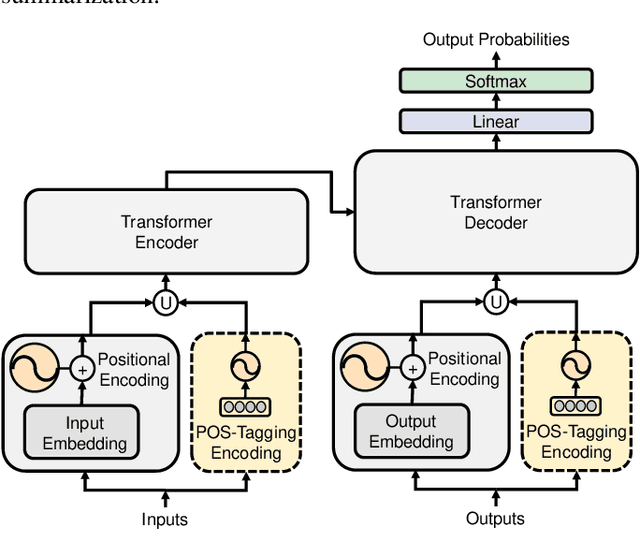

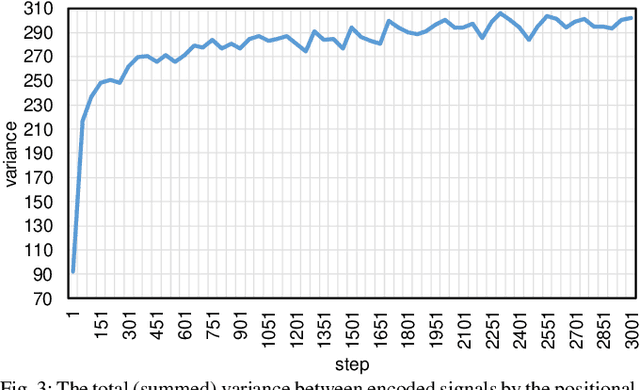
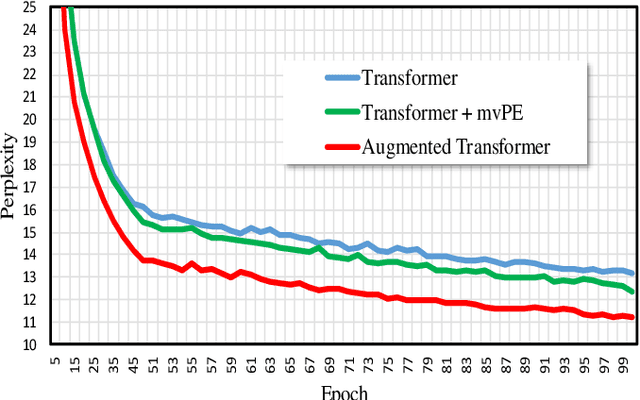
Abstract:The Transformer based neural networks have been showing significant advantages on most evaluations of various natural language processing and other sequence-to-sequence tasks due to its inherent architecture based superiorities. Although the main architecture of the Transformer has been continuously being explored, little attention was paid to the positional encoding module. In this paper, we enhance the sinusoidal positional encoding algorithm by maximizing the variances between encoded consecutive positions to obtain additional promotion. Furthermore, we propose an augmented Transformer architecture encoded with additional linguistic knowledge, such as the Part-of-Speech (POS) tagging, to boost the performance on some natural language generation tasks, e.g., the automatic translation and summarization tasks. Experiments show that the proposed architecture attains constantly superior results compared to the vanilla Transformer.
Cascaded Face Alignment via Intimacy Definition Feature
Apr 12, 2017Abstract:In this paper, we present a random-forest based fast cascaded regression model for face alignment, via a novel local feature. Our proposed local lightweight feature, namely intimacy definition feature (IDF), is more discriminative than landmark pose-indexed feature, more efficient than histogram of oriented gradients (HOG) feature and scale-invariant feature transform (SIFT) feature, and more compact than the local binary feature (LBF). Experimental results show that our approach achieves state-of-the-art performance when tested on the most challenging datasets. Compared with an LBF-based algorithm, our method can achieve about two times the speed-up and more than 20% improvement, in terms of alignment accuracy measurement, and save an order of magnitude of memory requirement.
Efficient Likelihood Bayesian Constrained Local Model
Nov 30, 2016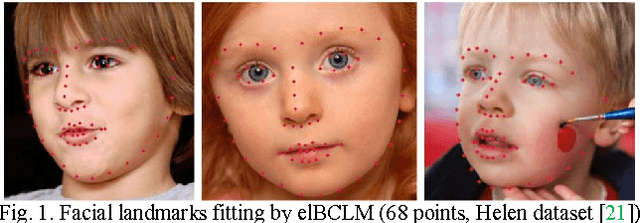
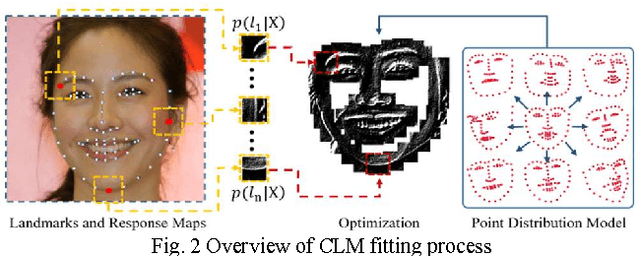
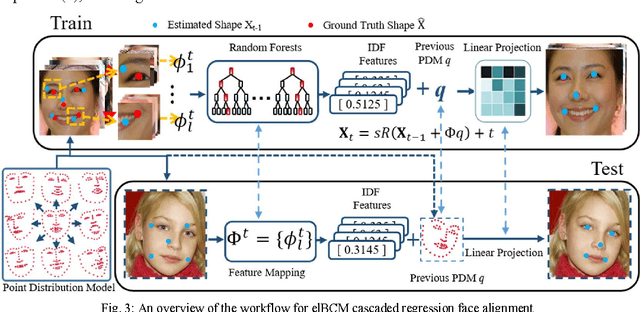
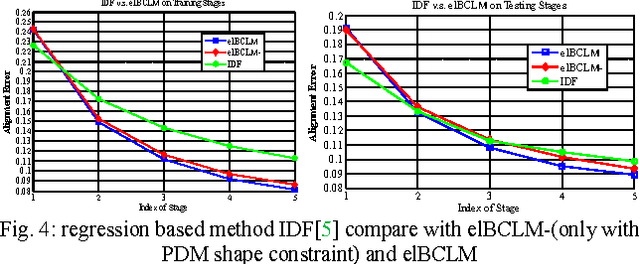
Abstract:The constrained local model (CLM) proposes a paradigm that the locations of a set of local landmark detectors are constrained to lie in a subspace, spanned by a shape point distribution model (PDM). Fitting the model to an object involves two steps. A response map, which represents the likelihood of the location of a landmark, is first computed for each landmark using local-texture detectors. Then, an optimal PDM is determined by jointly maximizing all the response maps simultaneously, with a global shape constraint. This global optimization can be considered as a Bayesian inference problem, where the posterior distribution of the shape parameters, as well as the pose parameters, can be inferred using maximum a posteriori (MAP). In this paper, we present a cascaded face-alignment approach, which employs random-forest regressors to estimate the positions of each landmark, as a likelihood term, efficiently in the CLM model. Interpretation from CLM framework, this algorithm is named as an efficient likelihood Bayesian constrained local model (elBCLM). Furthermore, in each stage of the regressors, the PDM non-rigid parameters of previous stage can work as shape clues for training each stage regressors. Experimental results on benchmarks show our approach achieve about 3 to 5 times speed-up compared with CLM models and improve around 10% on fitting quality compare with the same setting regression models.
 Add to Chrome
Add to Chrome Add to Firefox
Add to Firefox Add to Edge
Add to Edge